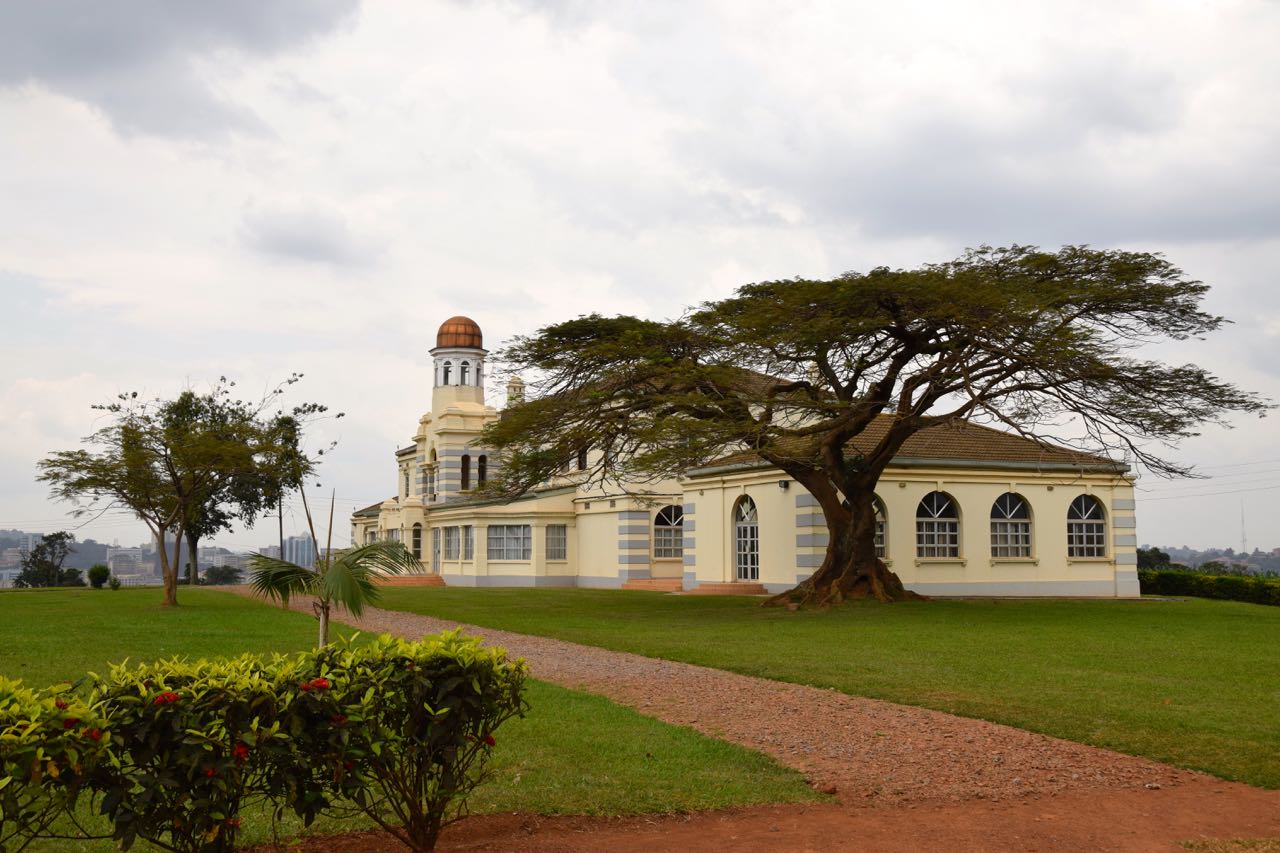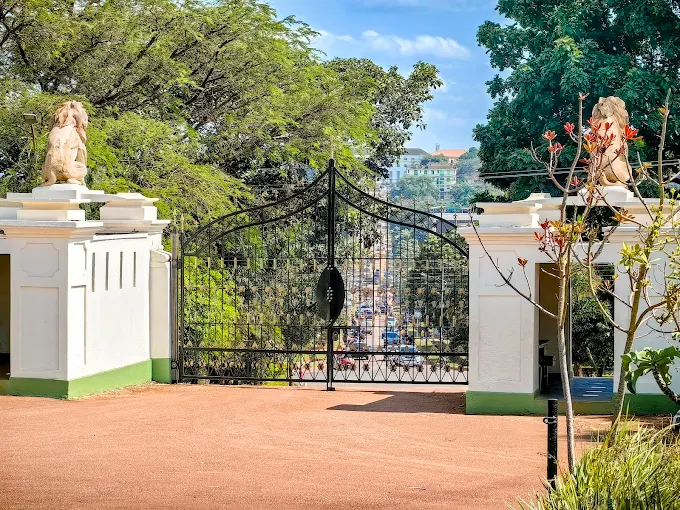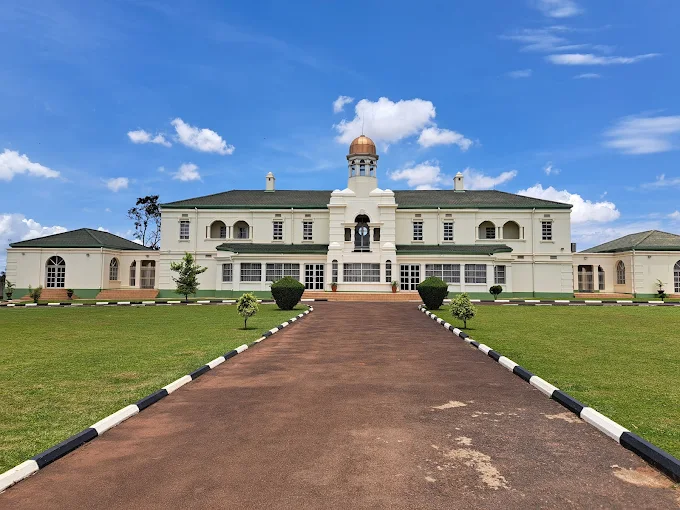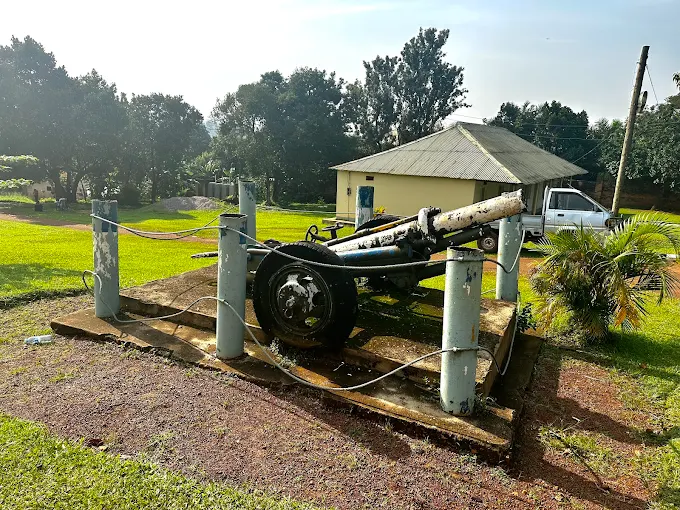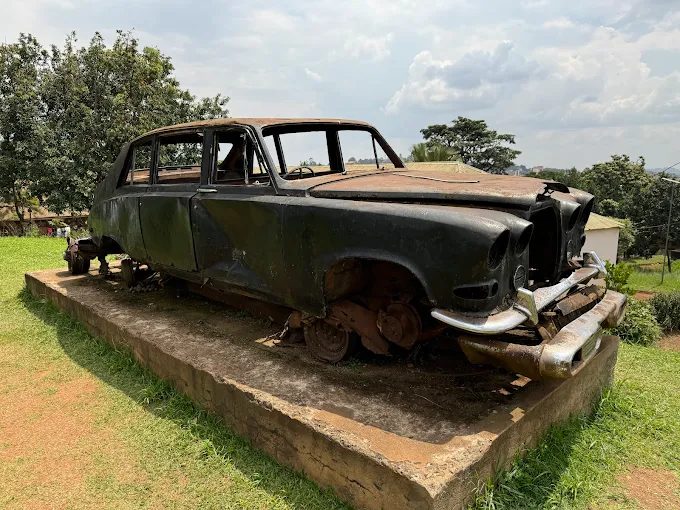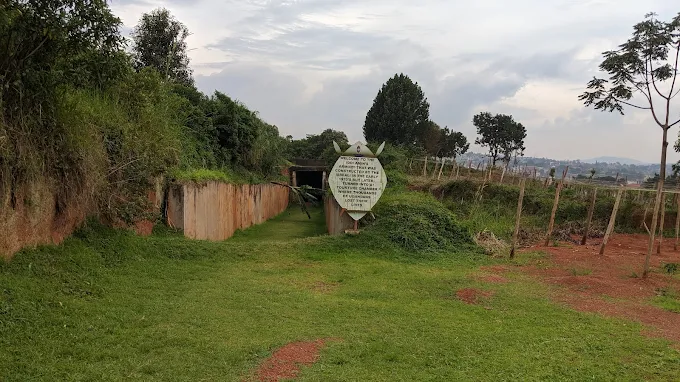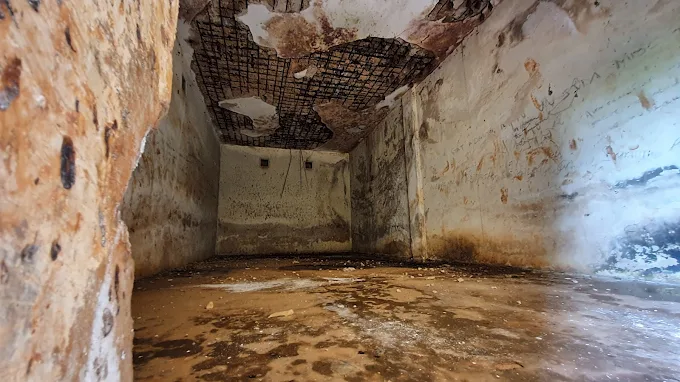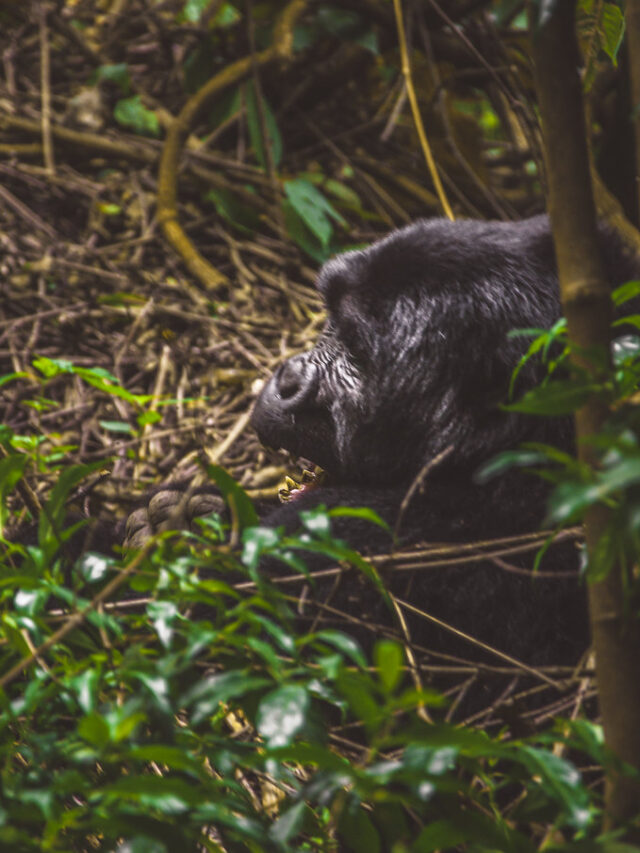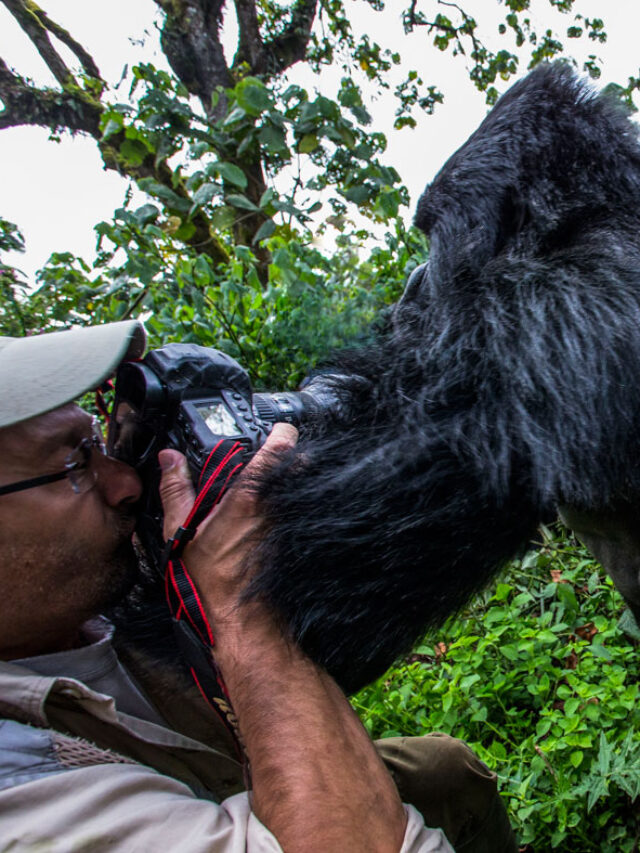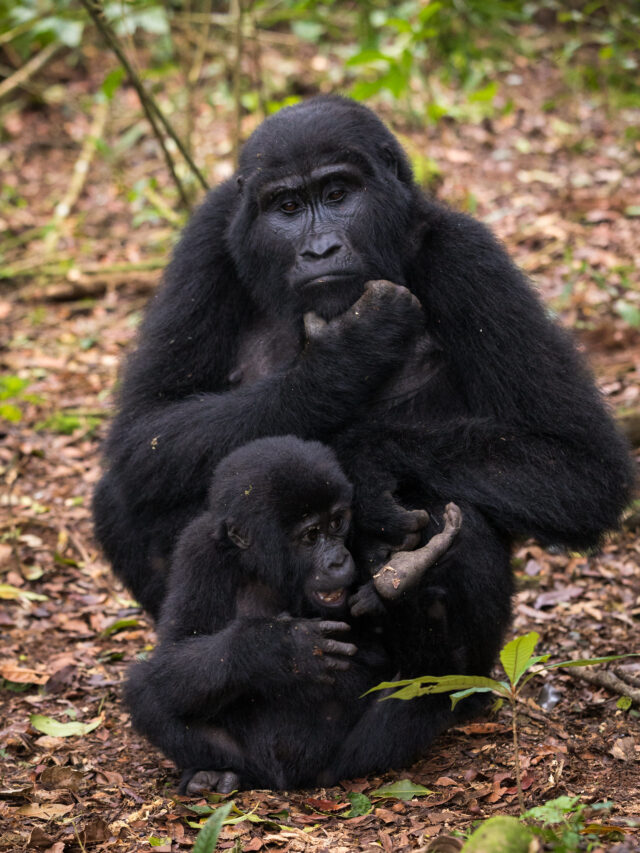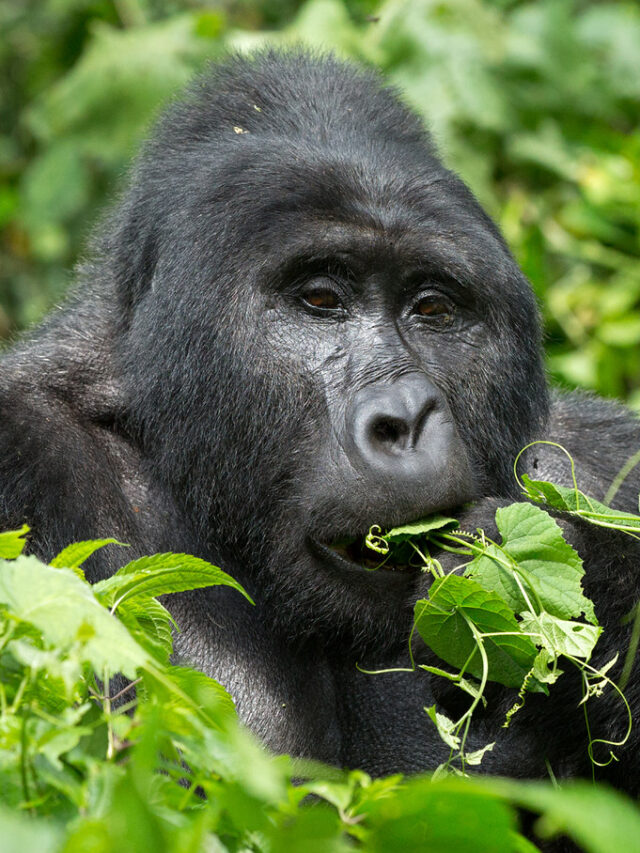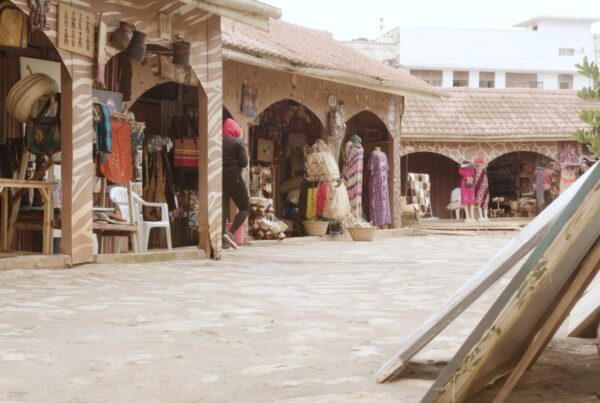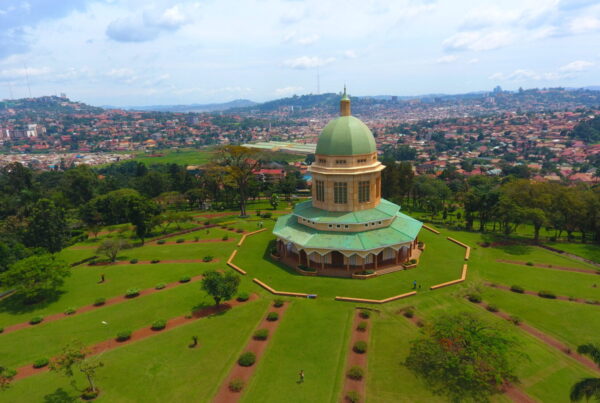Kabaka’s Palace (Lubiri) – A Regal Journey Through Buganda’s Living Heritage
History of the Kabaka’s Palace
O’ Lubiri — The heart of the Buganda Kingdom beats silently yet powerfully from atop the green hills of Mengo, where the majestic Kabaka’s Palace, also known as Lubiri, has stood for generations. It is more than just an architectural symbol—this palace is an epicenter of royal authority, resistance, and identity. Constructed in 1885 by Kabaka
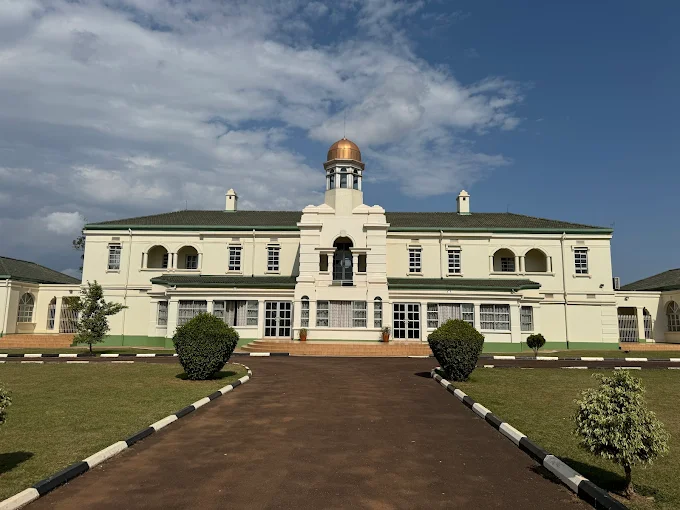
Kabaka’s Palace (Lubiri)
Mwanga II, the Lubiri has weathered political upheavals, colonial pressures, and the modernization of Uganda, yet it remains one of the most significant cultural sites in the country. For the people of Buganda, this isn’t merely a building; it’s a reminder of who they are and where they come from.
The palace served as the official residence of Buganda’s kings for over a century. But it also bears scars from darker moments in history, particularly during the reign of Idi Amin, when parts of it were turned into military facilities and torture chambers. Despite these shadows, Lubiri has endured and been reclaimed by the kingdom, rising again to educate, inspire, and connect generations to their ancestral past.
Architectural Significance and Royal Grounds
Spanning over one square mile, the grounds of Lubiri are surrounded by lush gardens and ceremonial spaces, encapsulating royal elegance and deep cultural symbolism. Unlike many palaces that are closed to the public, the Kabaka’s Palace offers guided visits, allowing travelers to immerse themselves in the traditions of the Buganda monarchy. The original circular palace, though damaged during political strife, has been preserved and renovated to reflect the pride of the kingdom.
A must-see structure within the compound is the Amin’s Torture Chamber, a chilling reminder of Uganda’s turbulent past. Visitors can walk through the haunting corridor beneath the palace where political prisoners once suffered—a powerful, sobering contrast to the regal energy above ground. The mixture of royal dignity and political tragedy makes the Kabaka’s Palace a place of complex emotion and deep reflection.
Visiting Guide: Location, How to Get There & Travel Tips
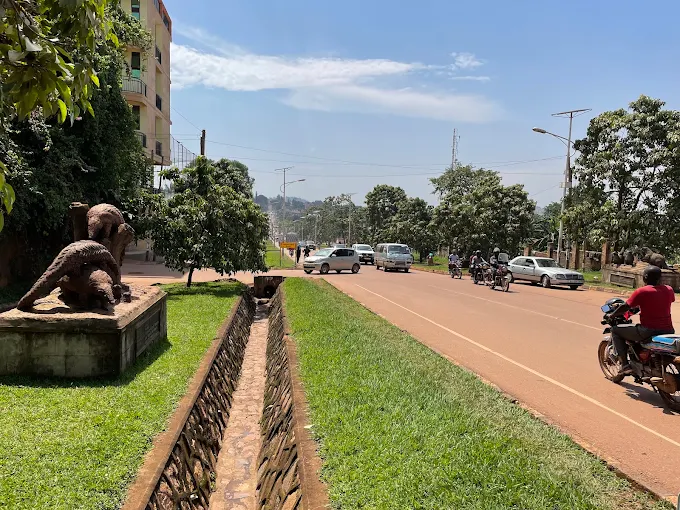 The Kabaka’s Palace is located in Mengo, a serene suburb on the southern edge of Kampala, roughly 2.5 kilometers from the city center. It is easily accessible via both public transport and private taxis. If you’re coming from Kampala Road, you can take a boda boda (motorcycle taxi) or a matatu (shared taxi) to Mengo Hill, a journey that typically takes 15–25 minutes depending on traffic.
The Kabaka’s Palace is located in Mengo, a serene suburb on the southern edge of Kampala, roughly 2.5 kilometers from the city center. It is easily accessible via both public transport and private taxis. If you’re coming from Kampala Road, you can take a boda boda (motorcycle taxi) or a matatu (shared taxi) to Mengo Hill, a journey that typically takes 15–25 minutes depending on traffic.
For a more comfortable and immersive visit, hiring a local guide or booking a heritage tour that includes the palace and other nearby historical landmarks is highly recommended. The entrance fee is modest, and guided tours are often led by passionate locals who understand the layers of history woven into every stone and pathway of the palace grounds.
Best Time to Visit
The palace is open year-round, but the dry seasons—from June to August and December to February—offer the most comfortable weather for walking tours. Early mornings and late afternoons provide the best lighting for photography and a chance to experience the serenity of the compound before larger crowds arrive.
What to Expect During Your Visit
When you enter the palace gates, you are immediately enveloped by the calm of the compound, with its manicured gardens, wide-open lawns, and majestic views of surrounding hills. You’ll walk paths once tread by kings, hear stories of past Kabakas, and touch the very walls that witnessed Uganda’s most defining historical events.
The tour typically includes a stop at the royal palace exterior, the royal lake (Kabaka’s Lake, a man-made lake dug on orders of Kabaka Mwanga II), the torture chamber, and significant monuments within the compound. Visitors often describe a mix of awe, sadness, and curiosity during their visit, especially after seeing the underground chambers and hearing firsthand accounts of the lives affected during past regimes.
Nearby Attractions and Things to Do
After your palace tour, extend your royal heritage experience by visiting nearby cultural spots. The Bulange (Buganda Parliament) lies just a short walk down the Royal Mile—a straight ceremonial avenue that connects the palace to the kingdom’s parliament building. This road itself is filled with symbolism and lined with 54 posts representing each Buganda clan.
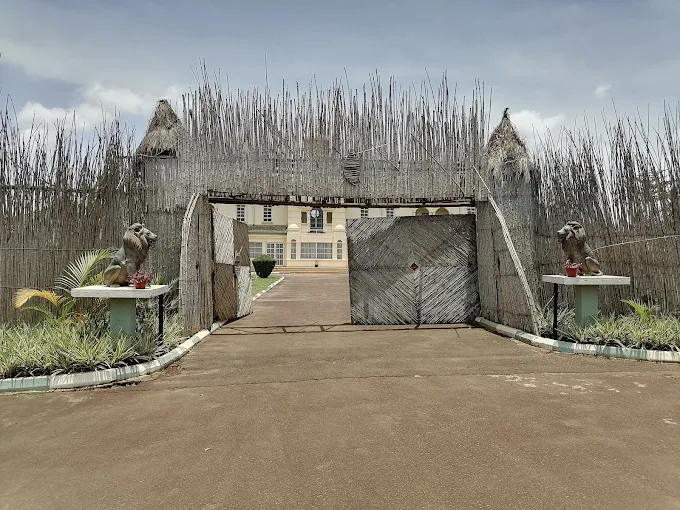 You can also explore Kabaka’s Lake, just a few minutes’ walk from the palace gates. It’s one of the largest hand-dug lakes in Africa and was originally created for both leisure and military defense. Today, it’s a peaceful spot ideal for reflection, birdwatching, or a quiet picnic.
You can also explore Kabaka’s Lake, just a few minutes’ walk from the palace gates. It’s one of the largest hand-dug lakes in Africa and was originally created for both leisure and military defense. Today, it’s a peaceful spot ideal for reflection, birdwatching, or a quiet picnic.
Other nearby experiences include a visit to Namirembe Cathedral, Uganda’s oldest Anglican cathedral perched atop Namirembe Hill, or St. Mary’s Cathedral Rubaga, both offering panoramic views of Kampala and deeper religious history intertwined with Buganda’s past.
For lunch or relaxation, try nearby traditional restaurants serving local dishes like luwombo, matooke, and groundnut stew. You may also find local craft markets in Mengo selling handmade souvenirs and Buganda-themed memorabilia.
Cultural Impact and Legacy
Kabaka’s Palace is more than a tourist site—it’s a cultural anchor. Every stone, gate, and corridor echoes with chants of ancestral pride. It represents a people who have maintained their identity through colonization, civil wars, and modern pressures. For many Ugandans and especially the Baganda people, Lubiri is a site of pilgrimage, memory, and national healing.
Events like Kabaka’s Birthday Run and Coronation Day celebrations draw thousands to the palace grounds annually, reinforcing the cultural continuity of the kingdom. The palace not only educates locals and tourists but also actively contributes to the preservation of Buganda’s language, customs, and political structure.

